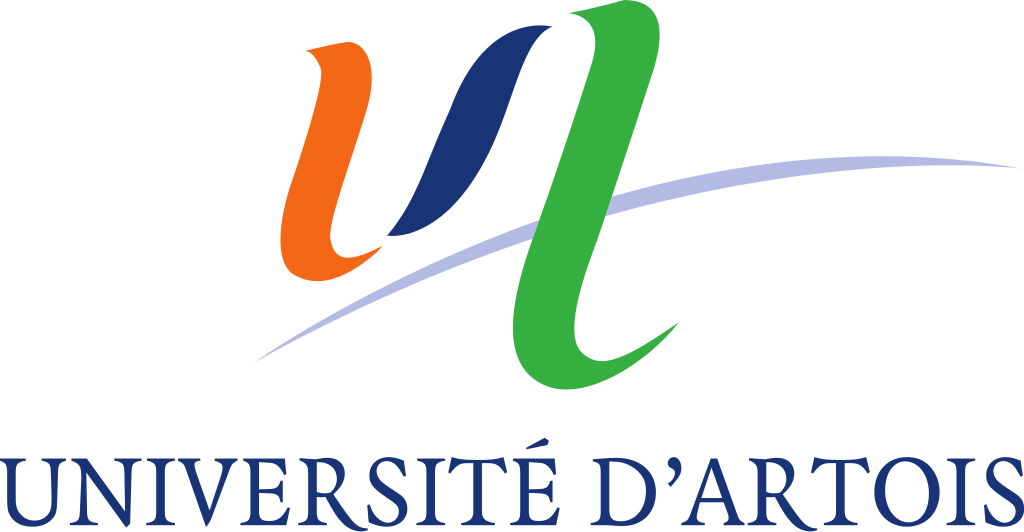Poesie am eigenen Leib erfahren: Physis und Kunst in E.T.A Hoffmanns Der goldene Topf
Experiencing Poetry in One’s Own Flesh: Body and Art in E.T.A Hoffmann’s The Golden Pot
Vivre la poésie dans sa chair : expérience physique et exercice de l’art dans Le Vase d’or d’E. T. A. Hoffmann
Résumé
Als „Märchen aus der neuen Zeit“ inszeniert Der goldene Topf mit vielfach ironischer Brechung das Aufeinandertreffen von Philisterwelt und poetischem Atlantisreich, was die im Untertitel herbeizitierte Gattung phantastisch verformt. Eigentümlich ist dabei auch die Neuschreibung des Künstlerromans, insofern Anselmus’ dichterische Erziehung sich primär körperlich vollzieht. Die Entdeckung und Erkundung des ästhetischen Wunderlandes drückt sich nämlich immer im Motiv der wonnevollen oder aber grauenhaften Begegnung mit befremdlichen Wesen aus, die in der Außenperspektive als radikal andersartige polymorphe Körper wahrzunehmen sind, dabei auf die Hauptfigur zurückwirken und somit auch von innen am eigenen Leib erfahren werden. In diesem betont physischen Offenbarungsprozess werden Schranken mehrfach markiert und zugleich durchlässig gemacht: einerseits zwischen Alltag und musischem Jenseits sowie zwischen damit verbundenen Darstellungsformen, andererseits zwischen äußerem und innerem Leben als den Polen einer individuellen schöpferischen Dynamik aus beengendem Alptraum und entgrenzendem Rausch.
The Golden Pot, a Modern Fairytale, illustrates the interaction between the philistine world and the poetic kingdom of Atlantis through the use of ironic distancing effects, thus shifting the genre summoned by its subtitle towards the Fantastic. A further peculiarity that marks this shift is the rewriting of the Künstlerroman, as Anselmus’ poetic education primarily takes place on the physical level. Indeed, the discovery and exploration of the aesthetic wonderland Atlantis is invariably expressed through motifs of blissful, or indeed harrowing encounters with disconcerting creatures. They are perceived as radically alien polymorphous bodies from the outside, but also have a direct physical effect on the main character whose experience of them operates inside his own body. Throughout this process of revelation, which is emphasised as a physical one, boundaries are repeatedly established and yet simultaneously made porous. On the one hand, the boundaries between daily life and the artistic beyond, and those that lie between their respective forms of representation. On the other hand, the boundaries between the external and the internal life, constituting the poles of an individual creative dynamism caught between oppressive nightmares and ecstatic rapture.
«Conte des temps modernes », Le Vase d’or met en scène avec maints effets de distanciation ironique la rencontre entre le monde philistin et le royaume poétique d’Atlantide, ce qui infléchit le genre convoqué en sous-titre dans le sens du fantastique. Une autre singularité marque ce glissement, la réécriture du « roman d’artiste » (Künstlerroman), dans la mesure où l’éducation poétique d’Anselme est d’abord physique. La découverte et l’exploration du pays merveilleux de la création esthétique s’exprime en effet toujours à travers le motif de la rencontre, voluptueuse ou horrifique, avec des créatures singulières : perçues de l’extérieur comme autant de corps polymorphes radicalement autres, celles-ci produisent en retour des effets sur le personnage principal qui fait ainsi une expérience intérieure, dans sa propre chair. Au cours de ce processus de révélation clairement caractérisé comme physique, de multiples frontières se trouvent à la fois marquées et rendues poreuses : limite entre vie quotidienne et au-delà artistique, comme entre les formes de représentations qui y sont associées, d’une part ; ligne de partage, d’autre part, entre l’existence tournée vers l’extérieur et la vie intérieure, pôles d’une dynamique individuelle de création oscillant entre cauchemar oppressant et ivresse extatique.
